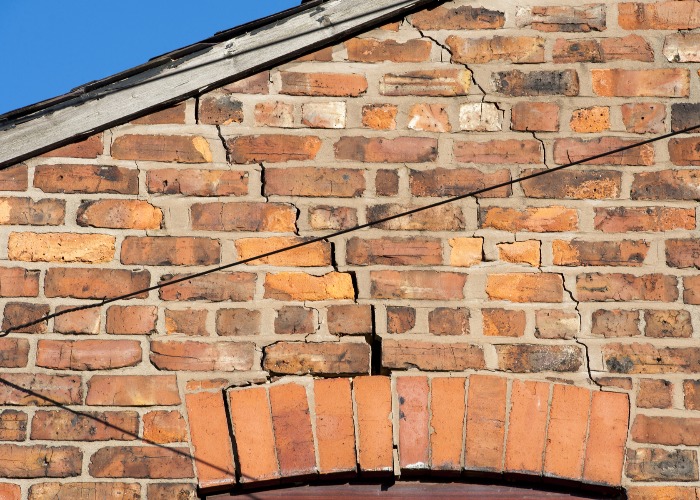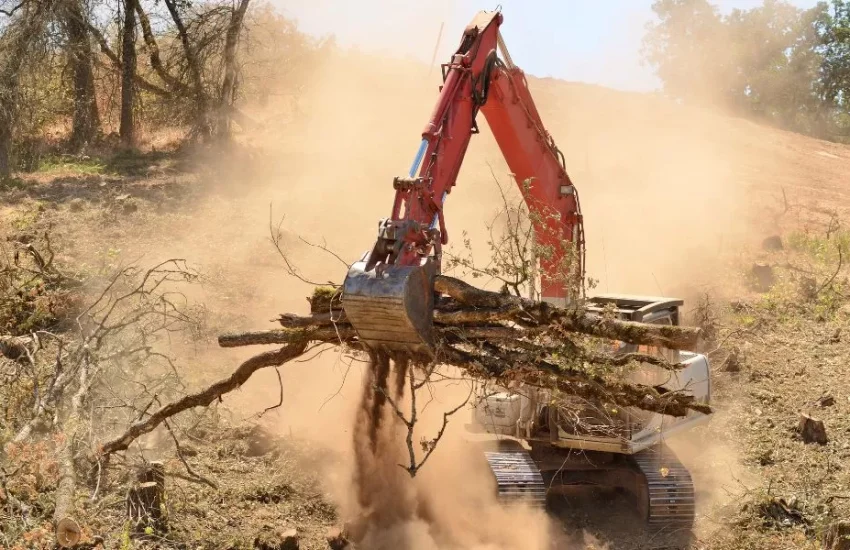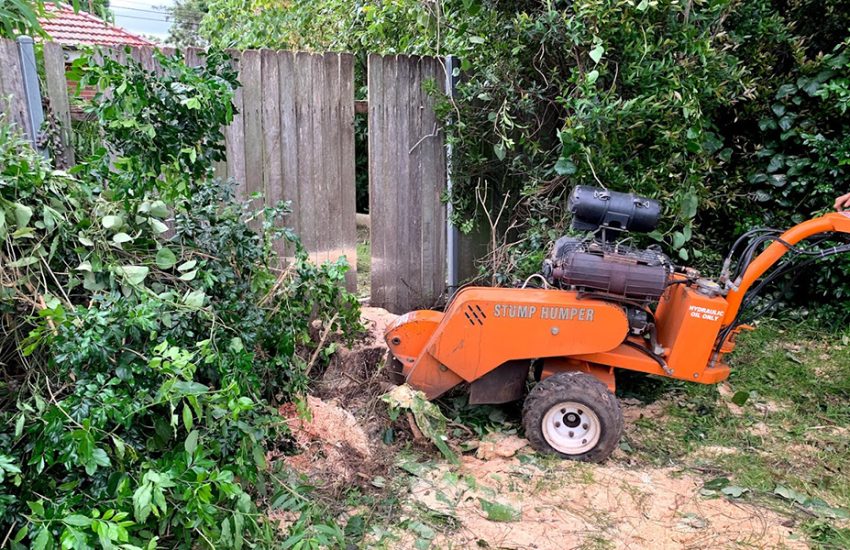Subsidence: What is it and How Bad Can It Be?
Subsidence is the name given to the process when the ground beneath a property sinks, consequently dragging the foundations of the property down with it.
It is a major problem that can cause structural issues throughout a property. Subsidence can therefore scupper any property sale. Many mortgage lenders will refuse to lend on properties that are shown to have subsidence and the pool of potential buyers will be minimal.
In this article, we take a look at subsidence, how it occurs and how serious it can be.
How does subsidence occur?
Subsidence is often caused by a lack of moisture in the soil underneath a property. During prolonged dry spells, a lack of moisture can mean soil shrinks, making foundations unstable. Where clay soil is present, trees and plants too close to a property can sometimes result in subsidence if their roots draw too much moisture from the soil.
Leaking drains or water mains can also end up washing soil away or softening it. Gravely soils are the most vulnerable to this.
Properties built on hills or slopes with the unstable ground can be susceptible to the ground underneath slipping away, taking the property with it.
How to identify subsidence
The biggest indicator of subsidence cracks in walls, either in internal plasterwork or external brickwork. You can identify cracks as being a result of subsidence if they have appeared very quickly and after a long period of dry weather. They tend to be diagonal and wider at the top than at the bottom, thicker than a 10p coin and found around doors and windows.
Another thing to look out for is doors and windows sticking and wallpaper and plasterwork peeling not as a result of dampness.
It’s important to note that cracking is not always an indicator of subsidence. Buildings often experience cracking due to temperature and humidity changes.
How serious can it be?
Subsidence weakens the foundations of a property and can cause it to become skewed and strained. Walls and floors can shift in relation to the original groundwork and cracks will appear. However, it very rarely results in a house completely collapsing, and this would only happen if nothing was done about it.
Subsidence will significantly devalue your home, although the amount by which it is devalued is will depend on a variety of factors, such as the extent of the subsidence, the original value of your property and location.
Many mortgage lenders may refuse to lend on a property with subsidence and many buyers will avoid purchasing one. Selling a property with unresolved subsidence can be difficult and you may have to try and source a cash buyer or property developer willing to take on the challenge.
What can be done to prevent it?
If you suspect your property is suffering from subsidence, you should contact your insurer as soon as possible. They will advise you on the next steps and may send a surveyor out to assess your property.
If the damage is deemed to be minimal and movement has stopped, repair works will be carried out quickly.
If the subsidence is more serious, a surveyor may monitor the movement of your home over a prolonged period in order to work out the best course of action.
In the most extreme cases, a property will need to be underpinned. This is where the foundations are deepened and strengthened.
Your buildings insurance policy will usually cover you for damage caused to the structure of your property and outbuildings by subsidence. Most policies will have an excess of around £1,000 for a subsidence claim. If the property is damaged to the extent that it has become unliveable, your insurer should cover the cost of alternative accommodation whilst repairs are carried out.
This article was written by an online estate agent House Sales Direct. If you wish to sell your house fast and for free, then head over to the House Sales Direct website for more property-related information and inquiries.



